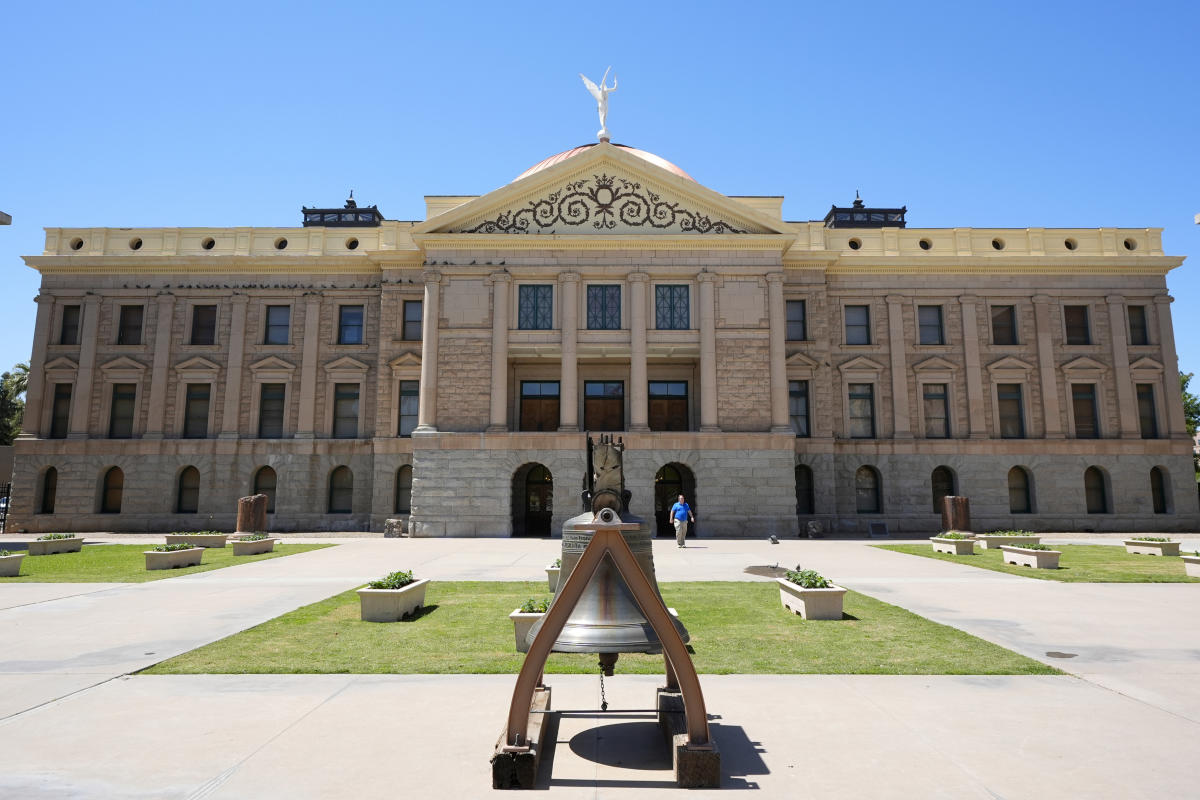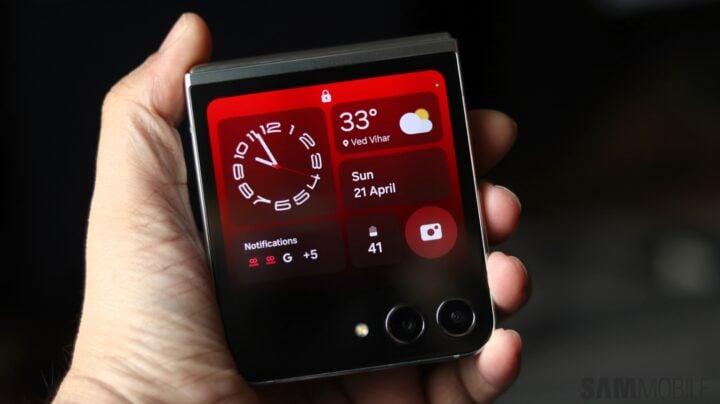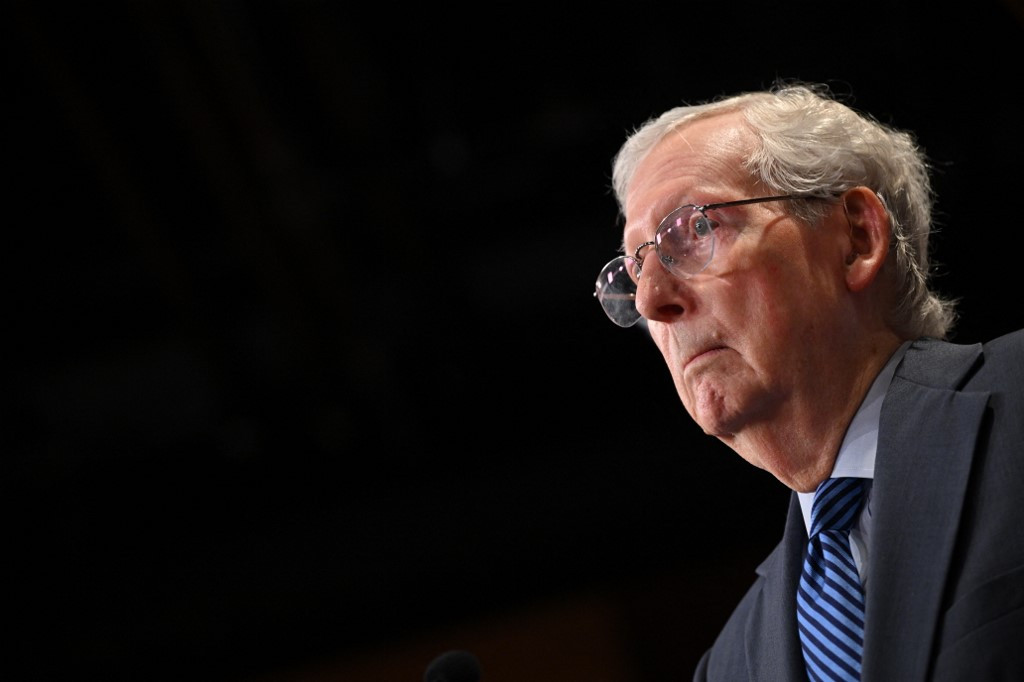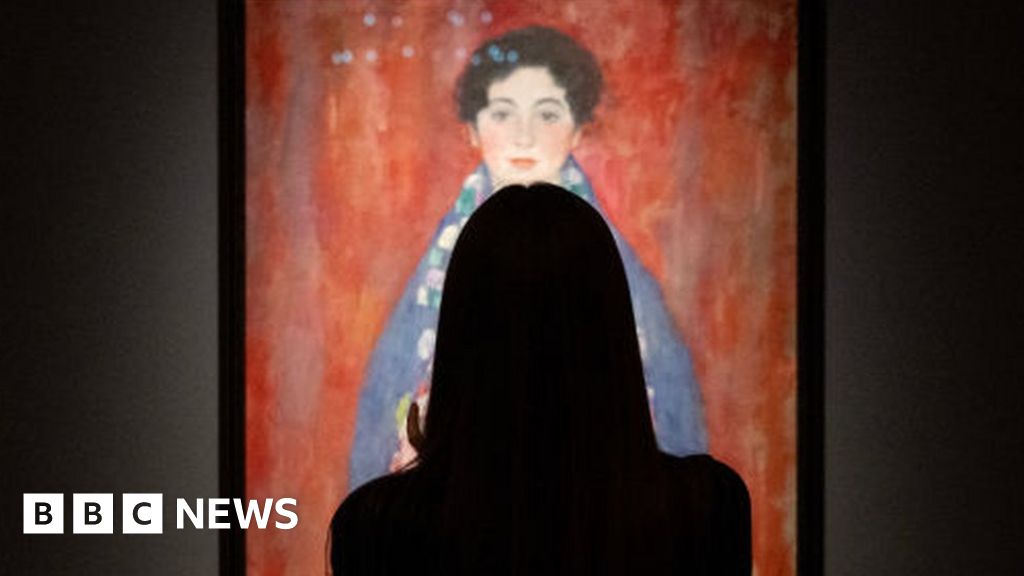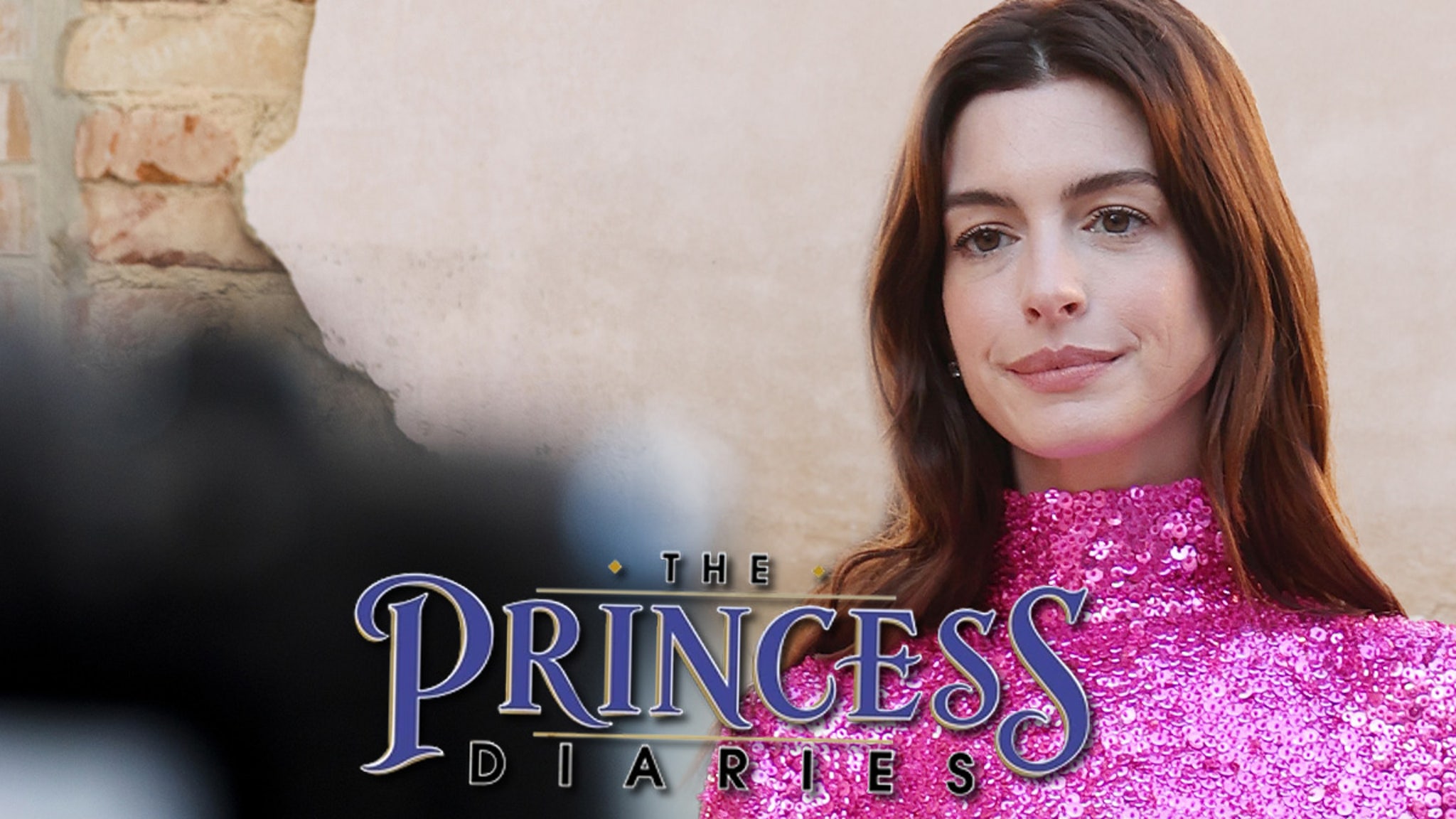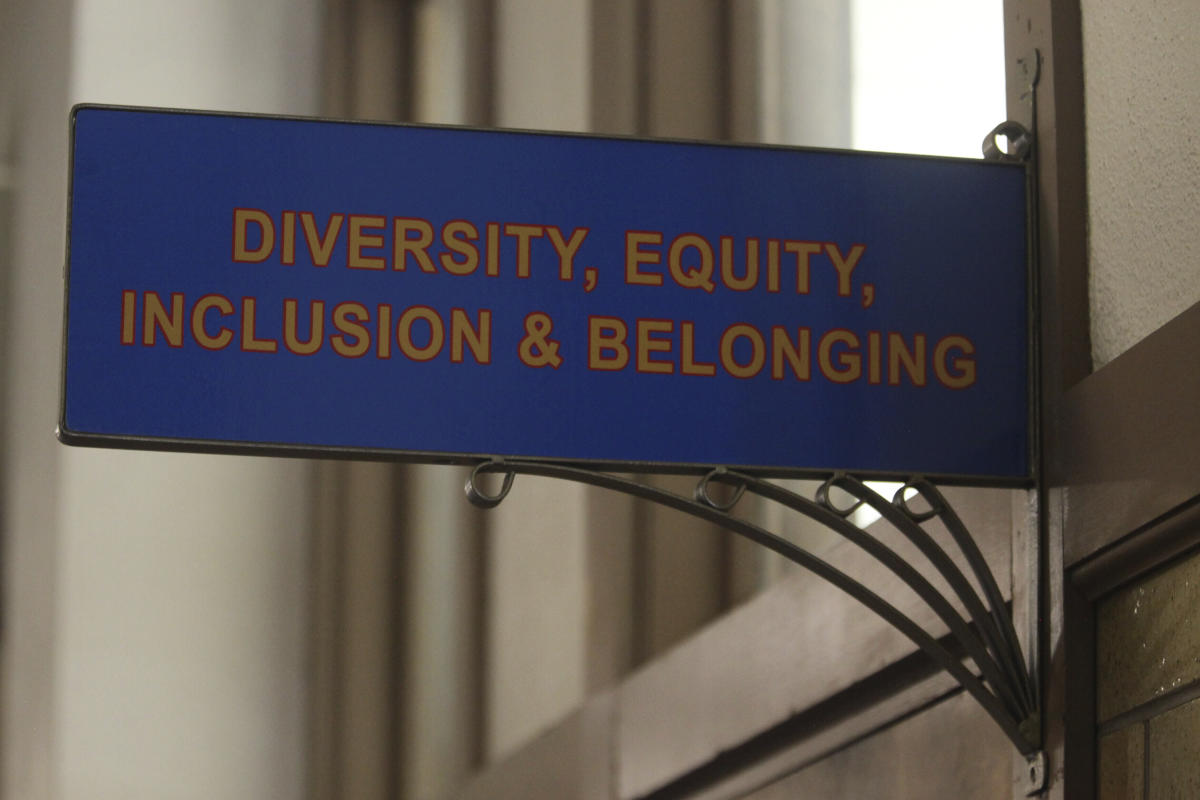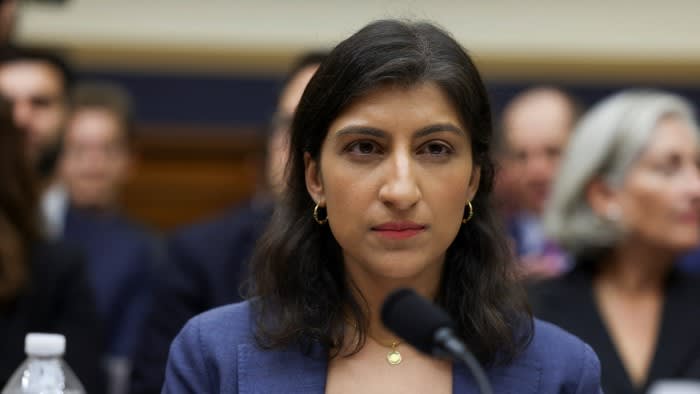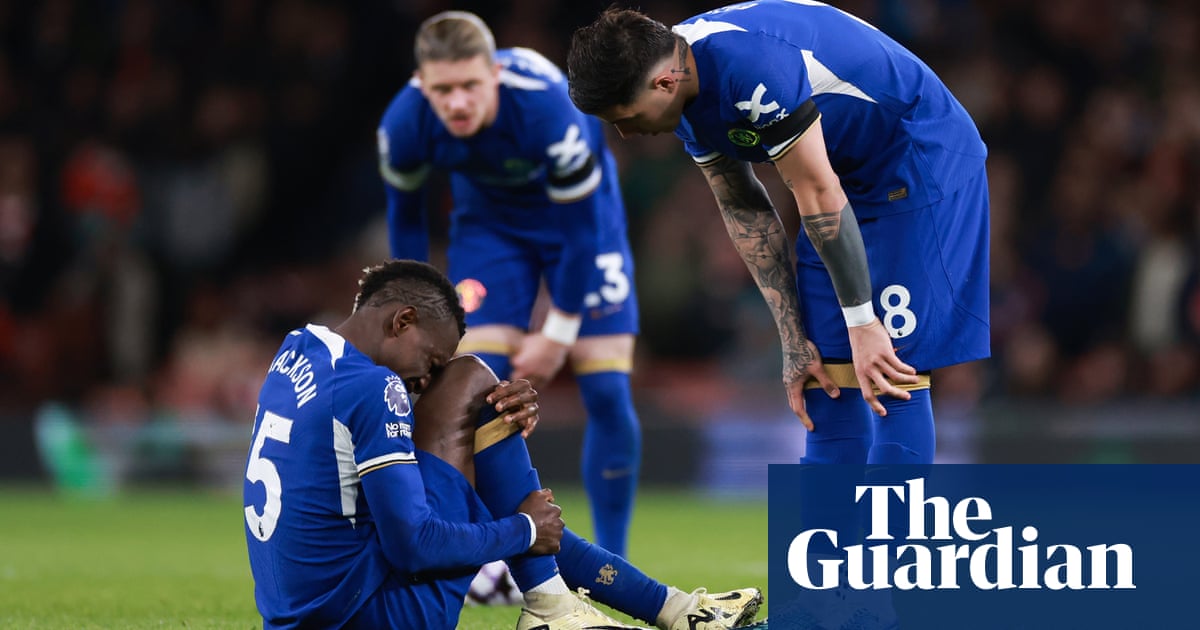
Science
Watch The Sun Briefly Pull Off The Devil Comet’s Tail
‘Tonight, Beijing and Moscow Are Watching Closely’
World
The US Senate voted 79-18 on Tuesday night to pass a $95 billion foreign aid bill, including a long-awaited $61 billion for …
Save up to 60% on watches at Amazon for Mother’s Day
LifeStyle
Mother’s Day is creeping up, but there’s still plenty of time to get Mom a really great gift. Sometimes, the perfect present …
‘Lost’ Gustav Klimt painting to be auctioned
Entertainment
By Bethany Bell BBC News, Vienna 8 hours ago Image caption, The painting is thought to depict a daughter of either Adolf …
Amazon grocery delivery subscription for Prime members, EBT customers
Business
Lee este artículo en español. Today, we are excited to launch a grocery delivery subscription benefit to Prime members and customers using …
Anne Hathaway’s Ex-Casting Directors Deny Chemistry Reads on Their Sets
Entertainment
Exclusive Anne Hathaway Casting Directors Deny Creepy Chemistry Read … Wasn’t Our Projects!!! 4/24/2024 12:40 AM PT Anne Hathaway claims she once …
2024 NFL Mock Draft: Brinson’s Worst Mock Ever designed to anger every single NFL fan base
Sports
USC • Jr • 6’1″ / 215 lbs Projected Team Chicago PROSPECT RNK 1st POSITION RNK 1st PAYDS 3633 RUYDS 121 INTS …
131 million in U.S. live in areas with unhealthy pollution levels, lung association finds
Science
Nearly 40% of people in the U.S. are living in areas with unhealthy levels of air pollution and the country is backsliding …
A conservative quest to limit diversity programs gains momentum in states
Politics
A conservative quest to limit diversity, equity and inclusion initiatives is gaining momentum in state capitals and college governing boards, with officials …

